Home>Gardening & Outdoor>Landscaping Ideas>How To Fix Dead Grass In Yard
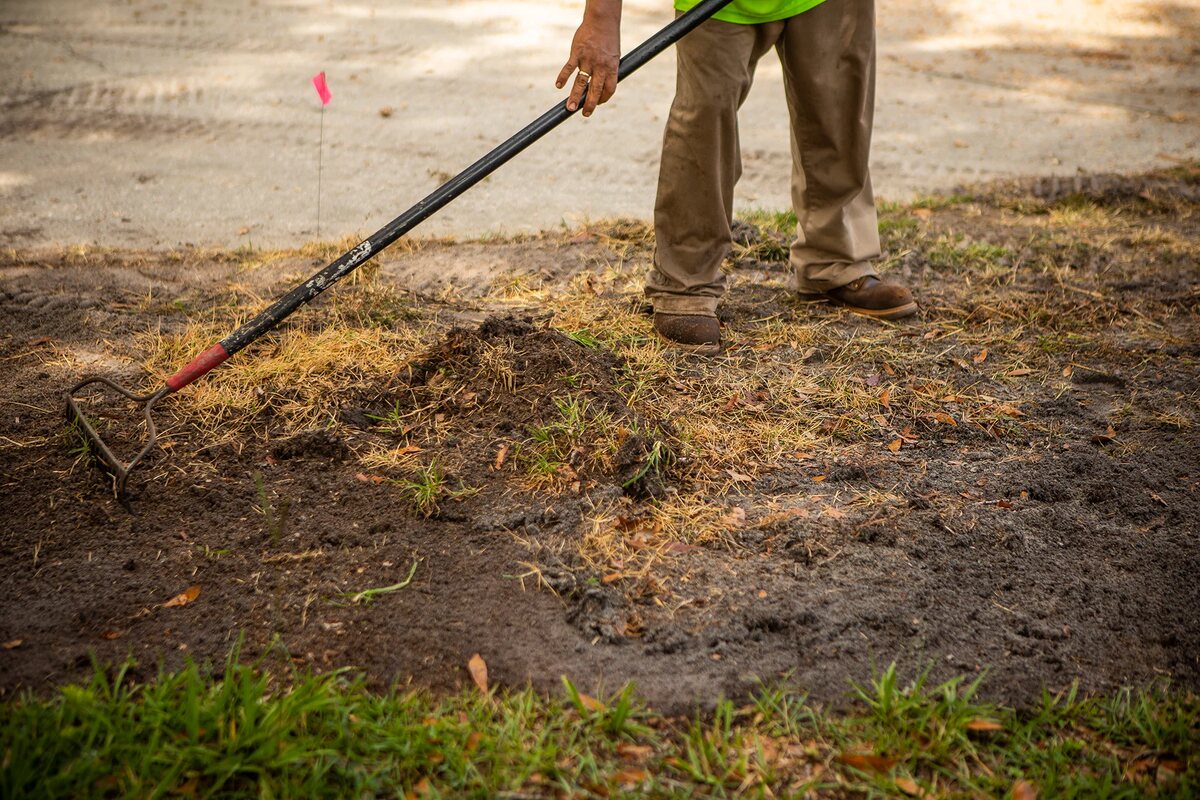

Landscaping Ideas
How To Fix Dead Grass In Yard
Published: January 24, 2024
Learn effective landscaping ideas to revive dead grass in your yard. Discover practical solutions for restoring your lawn's lush green beauty.
(Many of the links in this article redirect to a specific reviewed product. Your purchase of these products through affiliate links helps to generate commission for Storables.com, at no extra cost. Learn more)
Introduction
Welcome to your guide on reviving dead grass in your yard! A lush, green lawn is a source of pride for many homeowners, but dealing with patches of dead or brown grass can be frustrating. Fortunately, with the right approach, you can bring your lawn back to life and restore its natural beauty. In this article, we’ll explore the steps to identify the cause of dead grass, test the soil, choose the right grass seed, prepare the area for reseeding, reseed the dead grass area, and provide essential tips for watering, fertilizing, and maintaining the new grass growth. By following these guidelines, you can transform your lackluster lawn into a vibrant and healthy outdoor space that you’ll be proud to show off.
Key Takeaways:
- Identify the cause of dead grass by checking for dehydration, compaction, pests, and more. Understanding the problem is the first step to bringing your lawn back to life.
- Choose the right grass seed based on climate, soil type, and sunlight exposure. Proper preparation, reseeding, and ongoing care are essential for a vibrant, healthy lawn.
Read more: How To Remove Dead Grass From Yard
Identifying the Cause of Dead Grass
Before taking action to revive dead grass in your yard, it’s essential to identify the underlying cause of the problem. Dead or brown patches in your lawn can result from various factors, including inadequate watering, compacted soil, excessive thatch, pests, diseases, or improper mowing techniques. By closely examining the affected areas, you can gain valuable insights into the specific issues that have led to the grass’s demise.
Start by checking for signs of dehydration, such as wilted or discolored grass blades. This could indicate a lack of water reaching the roots, possibly due to uneven irrigation or insufficient watering. Conversely, if the affected areas are excessively wet or mushy, poor drainage may be the culprit.
Inspect the soil for compaction, which can hinder water and nutrient absorption, as well as oxygen circulation to the roots. Excessive thatch, a dense layer of organic debris, can also suffocate the grass and prevent proper growth. Furthermore, look for indications of pest infestations or disease, such as irregular patterns of damage or discoloration.
Additionally, consider if the dead grass areas are situated in high-traffic zones, as constant footfall can lead to compaction and stress on the grass. By carefully assessing these factors, you can narrow down the potential causes and develop a targeted strategy to address the specific issues affecting your lawn.
Testing the Soil
Conducting a thorough soil test is a crucial step in the process of reviving dead grass in your yard. By analyzing the soil composition, pH levels, and nutrient deficiencies, you can gain valuable insights that will inform your reseeding and fertilization efforts.
Start by obtaining a soil testing kit from a local gardening center or contacting a professional laboratory to perform the analysis. Follow the instructions provided to collect soil samples from the affected areas of your lawn. Be sure to gather samples from various locations to account for potential variations in soil composition.
Once you have the soil samples, perform the test to determine the soil’s pH level, which influences nutrient availability to the grass. Most grass species thrive in slightly acidic soil with a pH range of 6.0 to 7.0. If the pH deviates significantly from this range, you may need to adjust it using lime to raise the pH or elemental sulfur to lower it.
Furthermore, the soil test will reveal any nutrient deficiencies that could be inhibiting grass growth. Common deficiencies include nitrogen, phosphorus, and potassium, which are essential for healthy plant development. Based on the test results, you can select a suitable fertilizer with the appropriate nutrient balance to address the deficiencies and promote robust grass growth.
Additionally, the soil test will provide insights into soil texture, drainage capacity, and organic matter content, which are vital considerations for reseeding and ensuring optimal conditions for new grass establishment. Armed with this valuable information, you can make informed decisions regarding soil amendments, fertilization, and other necessary preparations to create an ideal environment for revitalizing your lawn.
Choosing the Right Grass Seed
When it comes to reviving dead grass in your yard, selecting the appropriate grass seed is a critical decision that will significantly impact the success of your lawn restoration efforts. Factors such as climate, sunlight exposure, soil type, and intended use of the lawn should all be taken into consideration when choosing the right grass seed for reseeding.
Begin by identifying the climate zone in which your lawn is situated, as different grass species thrive in varying climates. Warm-season grasses, such as Bermuda and Zoysia, are well-suited to hot climates, while cool-season grasses like Kentucky Bluegrass and Fescue are better suited to cooler regions.
Assess the sunlight exposure in the reseeding areas to determine whether they receive full sun, partial sun, or shade. This information will guide your selection of grass species that are well-adapted to the specific light conditions present in each area of your yard.
Consider the soil type and drainage characteristics of your lawn, as certain grass species perform better in sandy, well-draining soils, while others thrive in heavier, clay-based soils. Additionally, if your lawn experiences heavy foot traffic or other specific usage patterns, opt for grass varieties known for their durability and resilience in high-traffic areas.
Furthermore, take into account any aesthetic preferences or functional requirements for your lawn, such as the desired color, texture, and maintenance level. Some grass species offer a lush, fine-textured appearance, while others provide a more robust, coarse texture.
By carefully evaluating these factors and researching the characteristics of different grass varieties, you can make an informed decision when selecting the most suitable grass seed for reseeding the dead areas of your lawn. Choosing the right grass seed tailored to your specific environmental conditions and usage needs will set the stage for successful lawn rejuvenation and long-term satisfaction with the results.
Preparing the Area for Reseeding
Before reseeding the dead grass areas in your yard, it’s essential to prepare the soil to create an optimal environment for new grass seed establishment and growth. Proper soil preparation will enhance seed-to-soil contact, promote nutrient uptake, and increase the likelihood of successful germination and establishment.
Start by clearing the affected areas of any debris, thatch, or dead grass remnants. Use a rake or specialized dethatching tool to remove the accumulated organic matter and create a clean, open surface for the new grass seed to make contact with the soil.
Next, consider aerating the soil to alleviate compaction and improve air and water penetration. Aeration can be performed using a manual or mechanical aerator, which creates small holes in the soil, allowing for better circulation and root development. This step is particularly crucial if compaction is a contributing factor to the grass’s decline.
Once the soil is cleared and aerated, consider incorporating organic matter or compost to improve soil structure and fertility. Amending the soil with organic material enhances its ability to retain moisture, provides essential nutrients, and fosters a favorable environment for healthy root development.
After amending the soil, use a rake to level the surface and create a smooth, uniform seedbed. This will ensure consistent seed coverage and help prevent uneven growth patterns in the newly reseeded areas.
Finally, consider applying a starter fertilizer specifically formulated for new seed establishment. The starter fertilizer provides essential nutrients to support early root development and initial growth, giving the newly seeded grass a strong foundation for healthy establishment.
By thoroughly preparing the area for reseeding, you can create an optimal growing environment that maximizes the chances of successful germination and establishment. This proactive approach sets the stage for vibrant, healthy grass growth and contributes to the long-term rejuvenation of your lawn.
To fix dead grass in your yard, start by raking out the dead grass and loosening the soil. Then, reseed the area and water it regularly to promote new growth. Keep the area free of foot traffic until the new grass is established.
Read more: How To Fix Dead Grass Spots
Reseeding the Dead Grass Area
Reseeding the dead grass areas in your yard is a crucial step in the process of revitalizing your lawn and restoring its lush, green appearance. When reseeding, it’s important to follow best practices to ensure proper seed distribution, adequate coverage, and optimal conditions for germination and establishment.
Begin by selecting a high-quality grass seed that is well-suited to your specific climate, soil type, and sunlight exposure. Opt for a reputable seed blend or mixture containing varieties known for their resilience, disease resistance, and adaptability to your local growing conditions.
Using a broadcast spreader or handheld seeder, evenly distribute the grass seed over the prepared soil surface. Be mindful to apply the seed at the recommended rate specified on the seed packaging to achieve the desired coverage and density. For smaller areas, hand broadcasting the seed may be a suitable alternative to ensure precise application.
After seeding, gently rake the soil surface to incorporate the seed into the top layer of soil, ensuring good seed-to-soil contact. This step promotes germination and helps prevent the seed from being exposed to harsh environmental conditions or becoming a target for birds or other seed-eating pests.
Consider covering the newly seeded areas with a thin layer of mulch or straw to protect the seed from drying out, minimize erosion, and provide a conducive microclimate for germination. Avoid using excessive mulch, as it may hinder seedling emergence and growth.
Following the reseeding process, lightly water the newly seeded areas to ensure the soil remains consistently moist but not waterlogged. Use a gentle spray or mist setting to avoid dislodging the seeds or creating runoff. Regular, light watering is essential to support germination and early seedling growth.
Monitor the reseeded areas closely and provide ongoing care to facilitate successful germination and establishment. With proper attention to detail and adherence to recommended practices, you can set the stage for vibrant, healthy grass growth and the rejuvenation of your lawn’s appearance.
Watering and Fertilizing the Reseeded Area
Proper watering and fertilizing are essential components of nurturing the reseeded areas in your yard and promoting healthy grass growth. By providing adequate moisture and essential nutrients, you can support the germination, establishment, and long-term vitality of the newly seeded grass, setting the stage for a lush and resilient lawn.
After reseeding, it’s crucial to maintain consistent soil moisture to support germination and early seedling growth. Water the reseeded areas lightly and frequently, keeping the soil consistently moist but not waterlogged. Avoid allowing the soil to dry out, as this can hinder germination and lead to poor seedling establishment. As the new grass begins to establish, gradually transition to a deeper, less frequent watering schedule to encourage robust root development.
Consider using a gentle spray attachment or oscillating sprinkler to evenly distribute water over the reseeded areas. This helps prevent soil erosion and ensures uniform moisture levels across the seeded surface. Pay close attention to any signs of drying or excessive runoff, adjusting your watering routine as needed to maintain optimal soil moisture.
As the newly seeded grass begins to establish and show signs of growth, consider applying a light application of starter fertilizer to provide essential nutrients for early development. Choose a fertilizer specifically formulated for new seed establishment, with a balanced nutrient profile to support root growth and overall plant health.
Follow the manufacturer’s recommendations for application rates and timing, ensuring that the fertilizer is evenly distributed across the reseeded areas. Avoid over-fertilizing, as this can lead to excessive top growth at the expense of root development and may increase the risk of nutrient runoff into the environment.
Continue to monitor the reseeded areas closely, adjusting your watering and fertilizing practices based on the specific needs of the developing grass. By providing consistent care and attention to the reseeded areas, you can encourage healthy, vigorous growth and set the stage for a revitalized and resilient lawn that enhances the beauty of your outdoor space.
Maintaining the New Grass Growth
After reseeding and nurturing the new grass growth in your yard, ongoing maintenance is essential to ensure the long-term health and vitality of your revitalized lawn. By implementing proper mowing, watering, and maintenance practices, you can support the development of a lush, resilient grass cover that enhances the beauty of your outdoor space.
As the newly seeded grass begins to establish, adjust your mowing routine to promote healthy growth and density. Set your mower to a higher cutting height to avoid stressing the developing grass and allow the roots to establish deeply. Aim to remove no more than one-third of the grass blade length with each mowing, ensuring that the grass remains at an optimal height for healthy growth.
Regular watering is crucial to support the establishment and ongoing health of the new grass. As the grass becomes established, gradually transition to a deeper, less frequent watering schedule to encourage robust root development and drought resistance. Adjust your watering routine based on weather conditions and the specific needs of the grass, aiming to maintain consistent soil moisture without overwatering.
Consider applying a balanced, slow-release fertilizer to the newly established grass to provide essential nutrients for continued growth and vitality. Choose a fertilizer formulation tailored to the needs of your specific grass species and local growing conditions, following recommended application rates and timing to support healthy development.
Monitor the reseeded areas for signs of pests, diseases, or weed encroachment, and take proactive measures to address any issues that may arise. Promptly remove any weeds that emerge in the reseeded areas to prevent competition for resources and promote the healthy establishment of the new grass.
Continue to provide ongoing care and attention to the reseeded areas, addressing any emerging issues and adjusting your maintenance practices based on the specific needs of the developing grass. By implementing proper maintenance techniques and providing consistent care, you can nurture the new grass growth and enjoy a vibrant, healthy lawn that enhances your outdoor environment.
Conclusion
Reviving dead grass in your yard is a rewarding endeavor that can transform a lackluster lawn into a vibrant and inviting outdoor space. By identifying the underlying causes of the grass decline, testing the soil, choosing the right grass seed, and diligently preparing, reseeding, and nurturing the new grass growth, you can breathe new life into your lawn and create a lush, resilient grass cover that enhances the beauty of your home.
Throughout the revitalization process, it’s essential to approach each step with care and attention to detail, considering the specific needs of your lawn and the environmental conditions that influence its health and vitality. By addressing issues such as soil compaction, nutrient deficiencies, and inadequate watering, you can create an optimal environment for successful grass establishment and long-term growth.
Furthermore, ongoing maintenance and care are crucial for nurturing the new grass growth and ensuring its continued health and resilience. By implementing proper mowing, watering, and fertilizing practices, as well as monitoring for pests, diseases, and weed encroachment, you can support the development of a thriving, resilient lawn that enhances the beauty of your outdoor space.
As you embark on the journey of reviving dead grass in your yard, remember that patience and consistency are key. The process of rejuvenating your lawn may take time, but the results will be well worth the effort. With proper care and attention, you can enjoy a lush, vibrant lawn that becomes a source of pride and enjoyment for years to come.
By following the guidelines outlined in this article and adapting them to the specific needs of your lawn, you can embark on a successful journey toward revitalizing your outdoor space and creating a healthy, beautiful grass cover that enhances the overall appeal of your home.
Frequently Asked Questions about How To Fix Dead Grass In Yard
Was this page helpful?
At Storables.com, we guarantee accurate and reliable information. Our content, validated by Expert Board Contributors, is crafted following stringent Editorial Policies. We're committed to providing you with well-researched, expert-backed insights for all your informational needs.
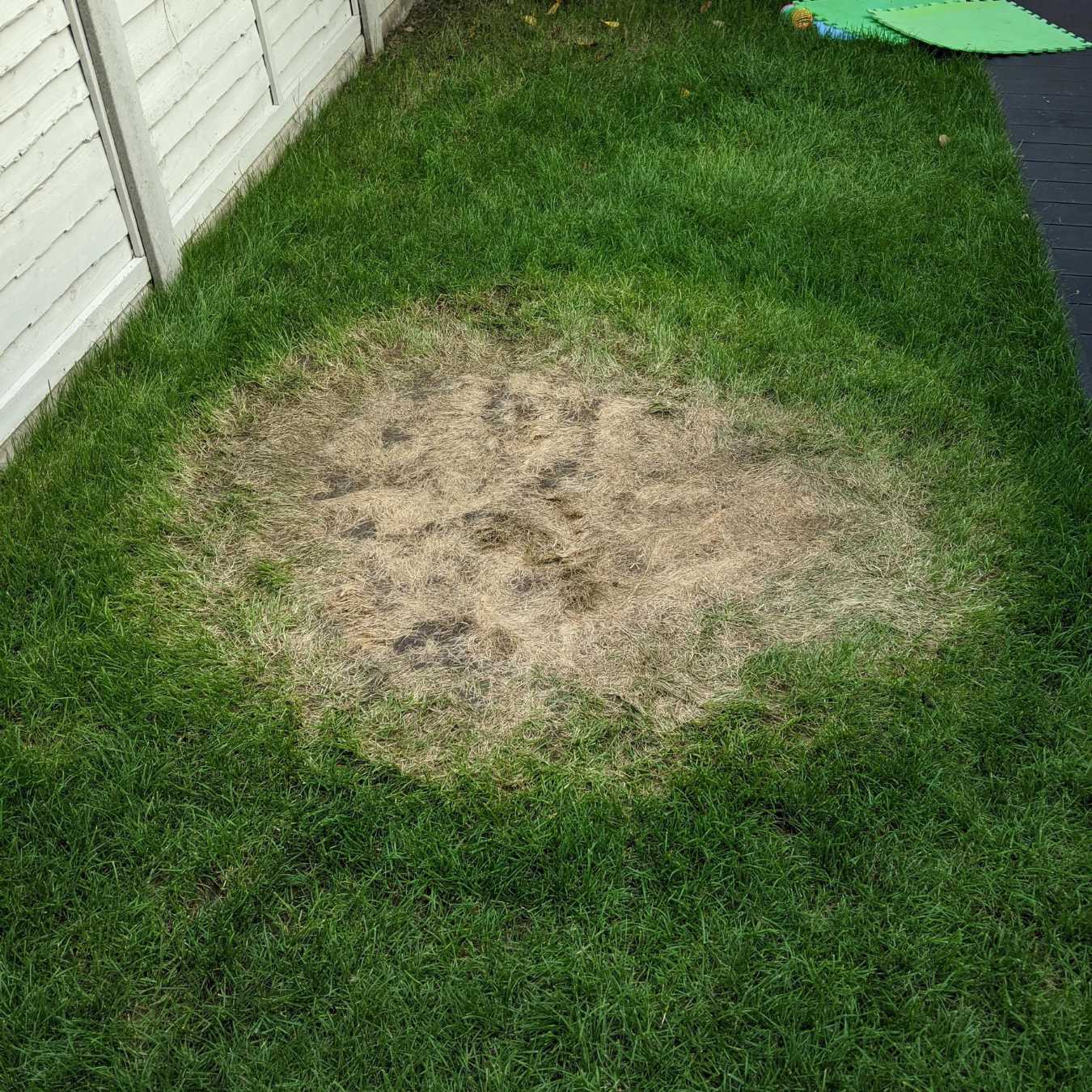
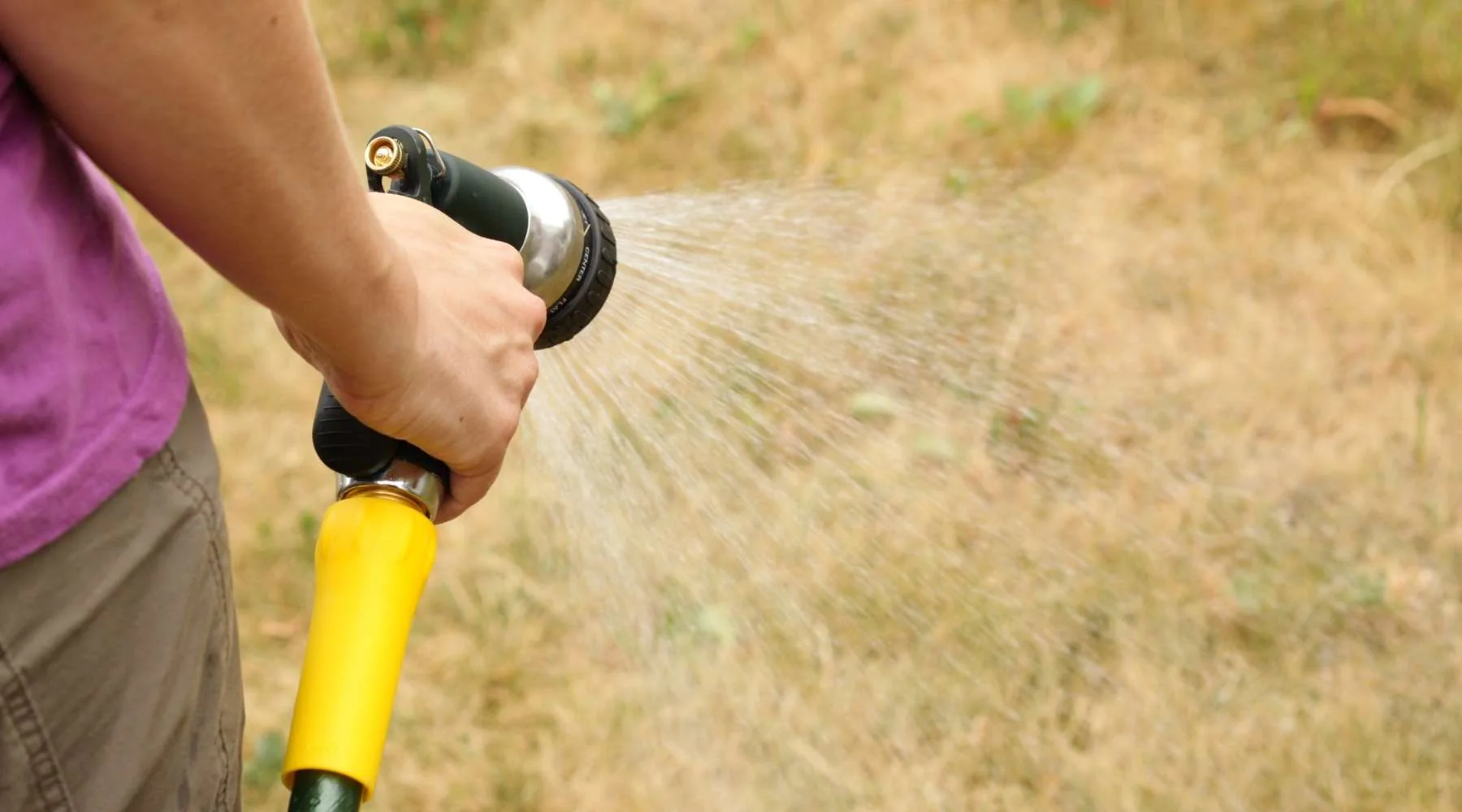
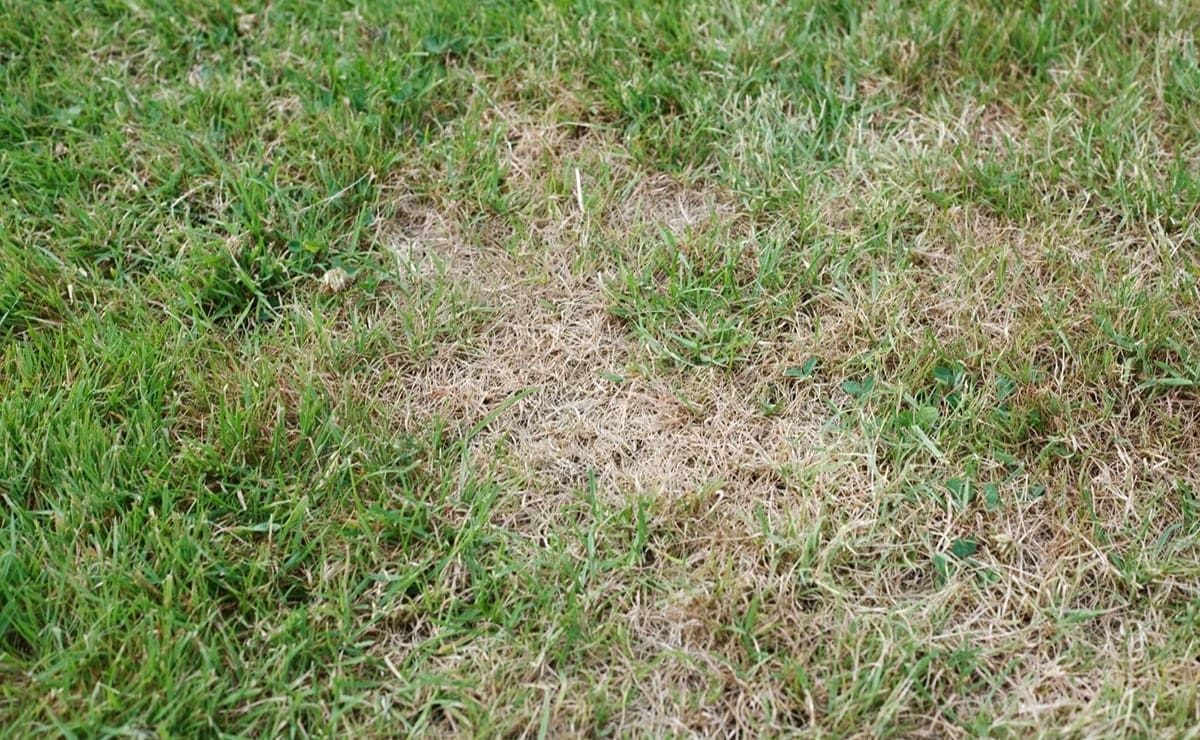
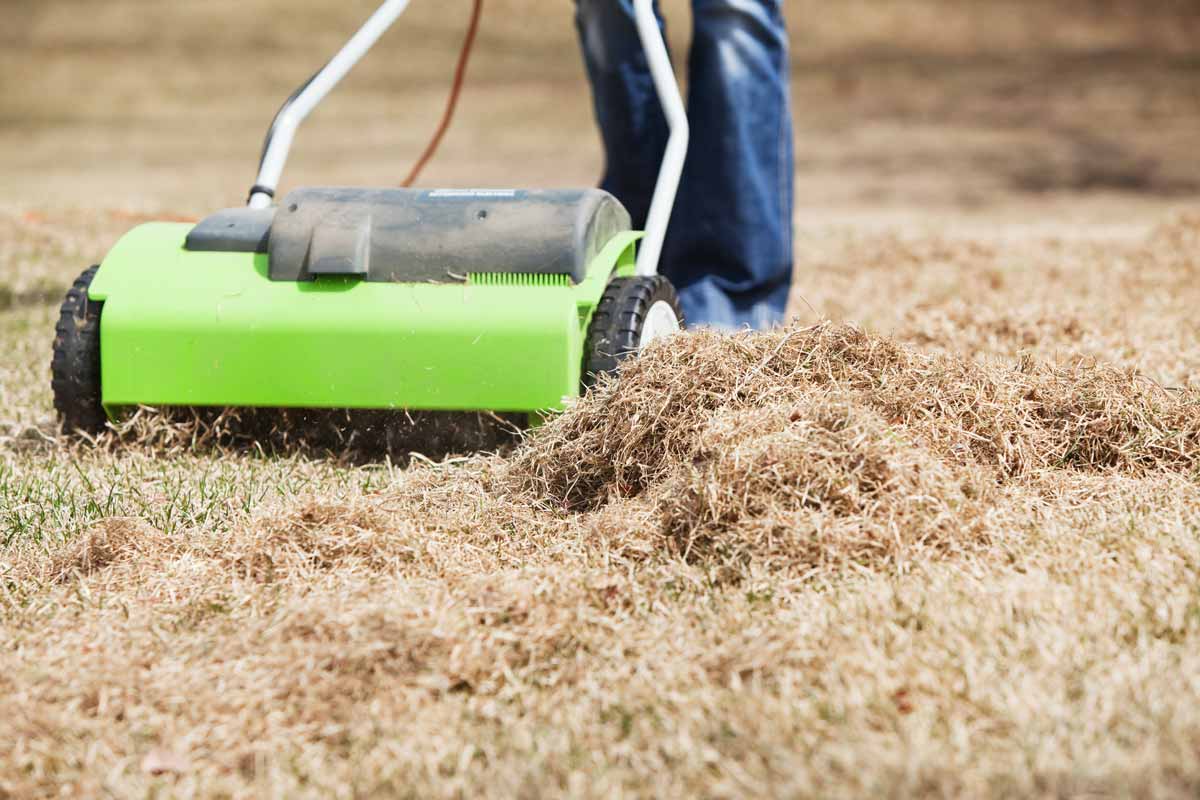
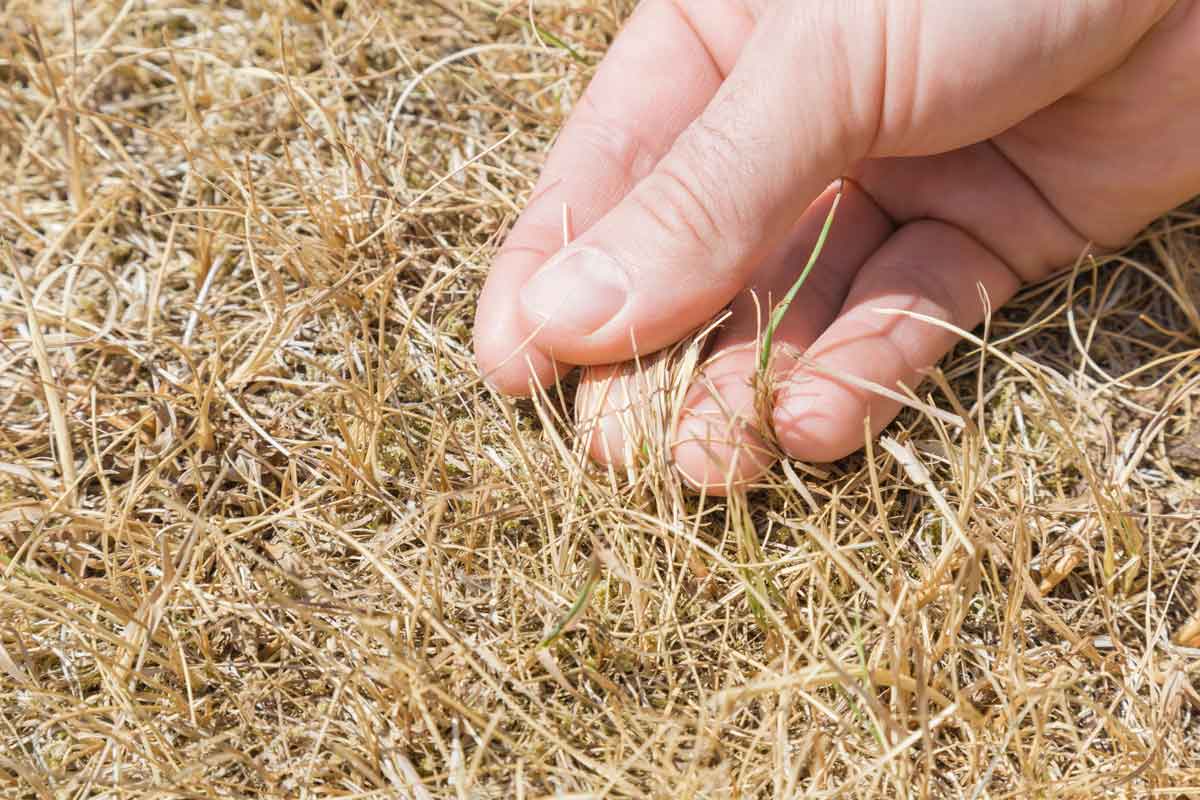
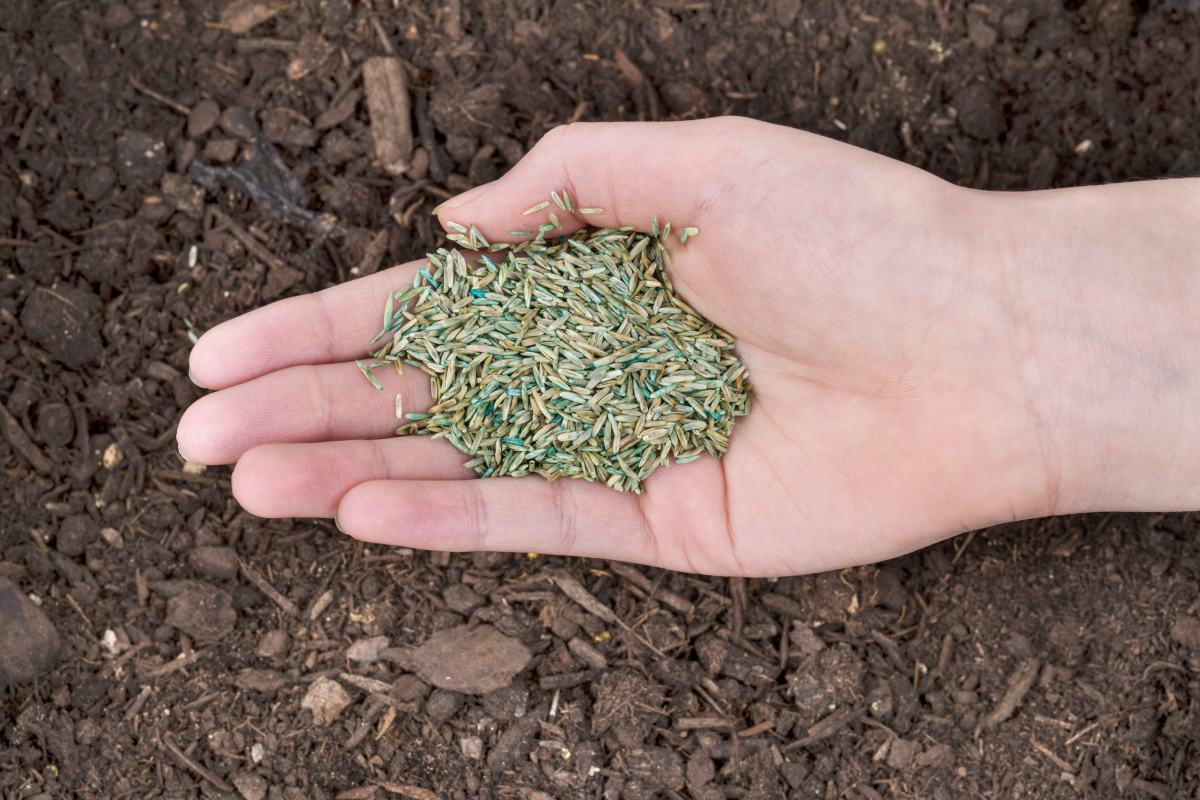
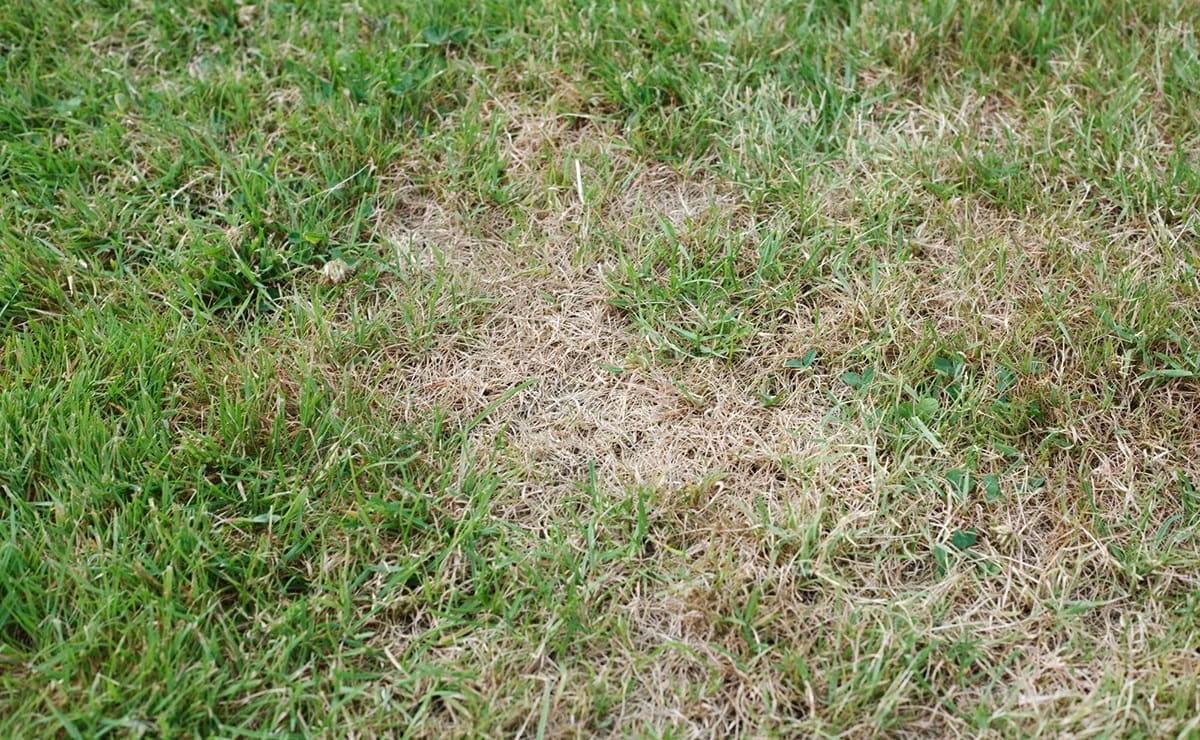
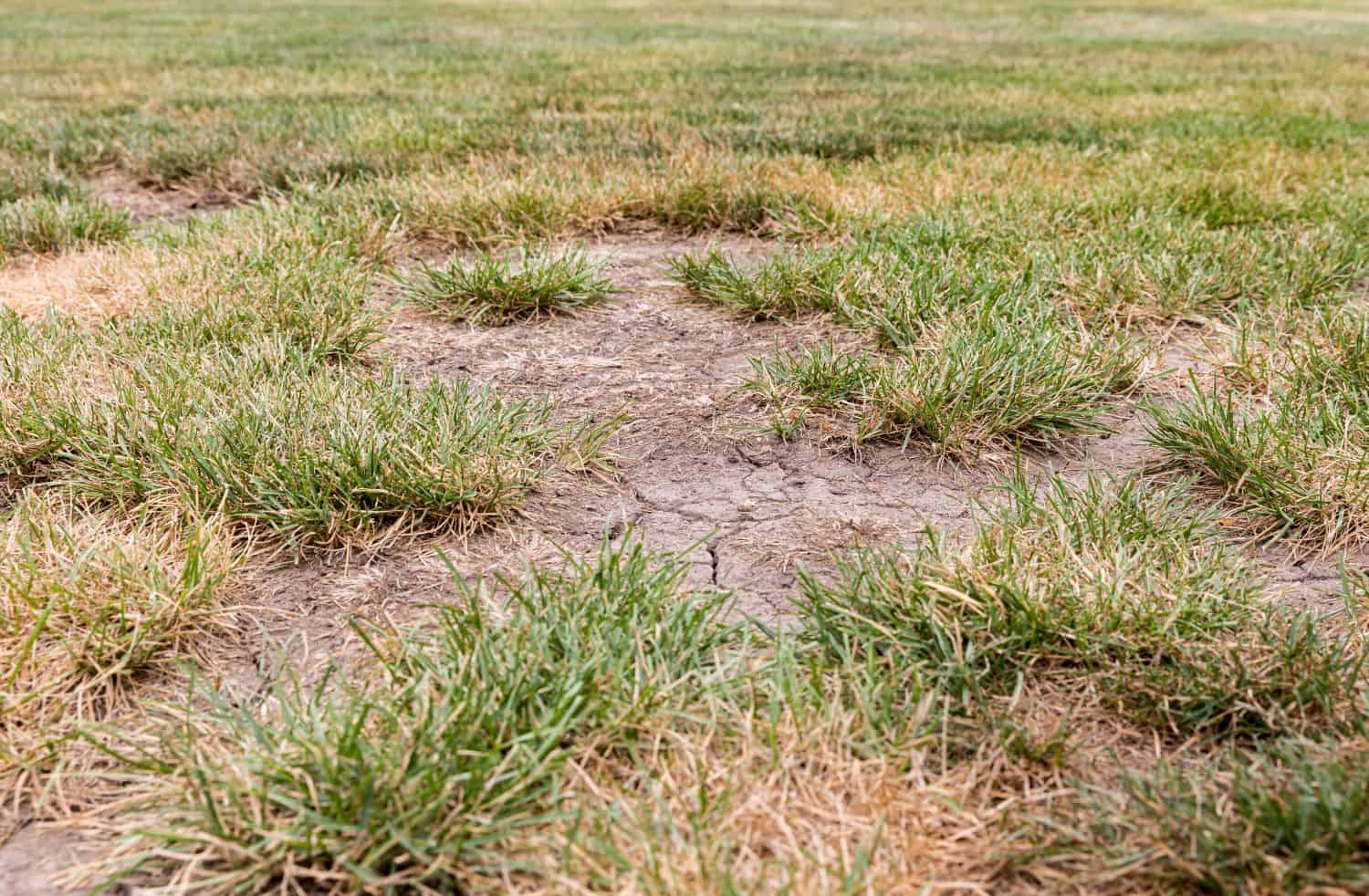
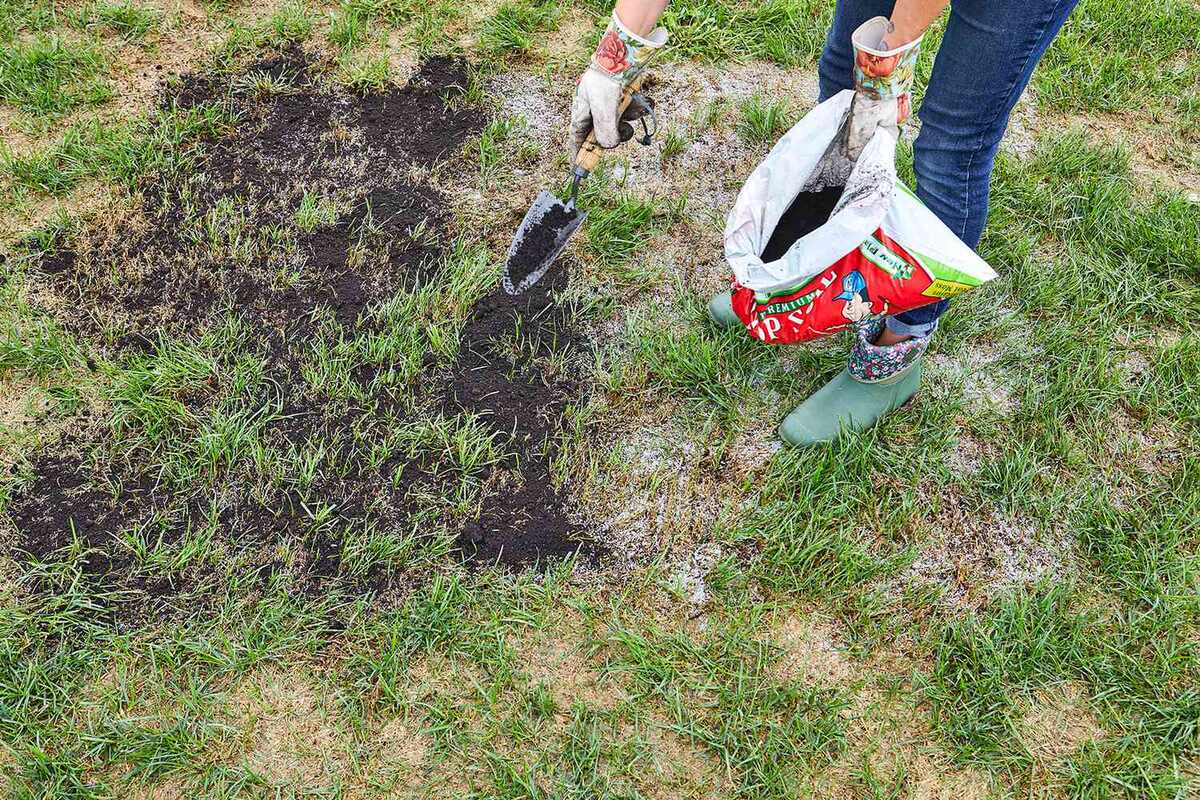
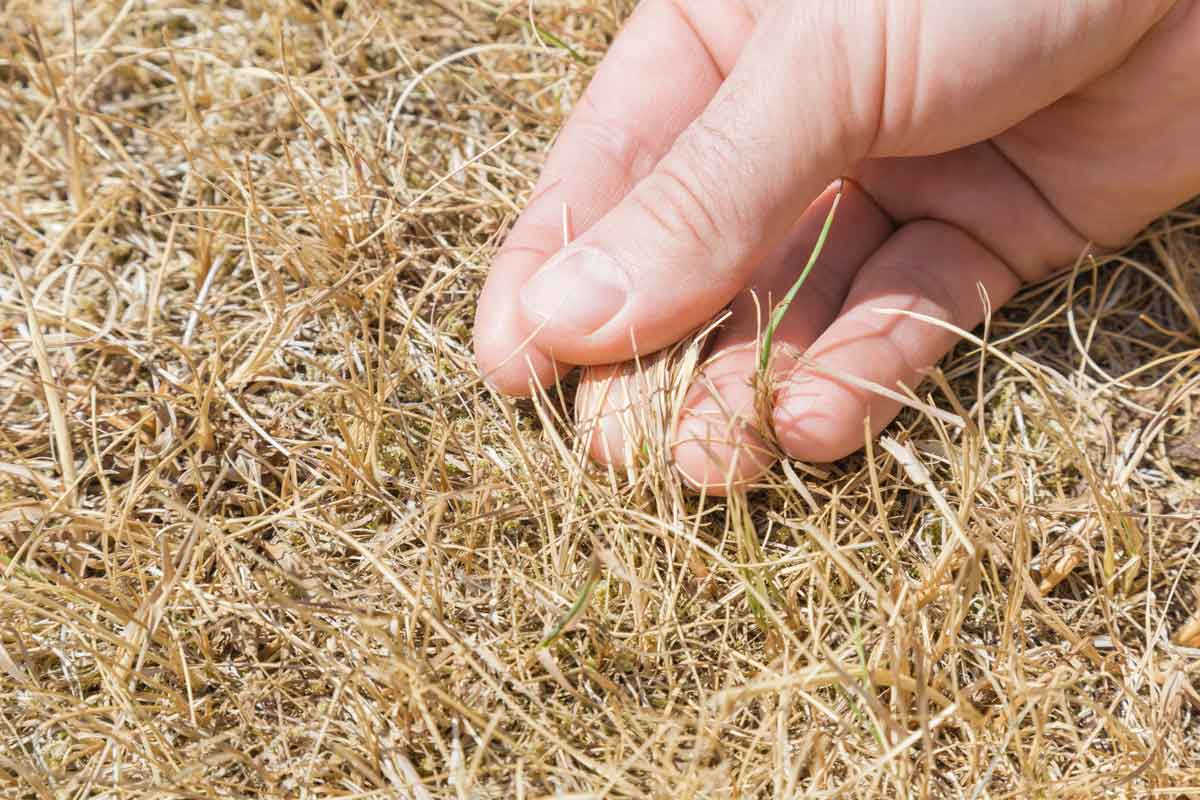
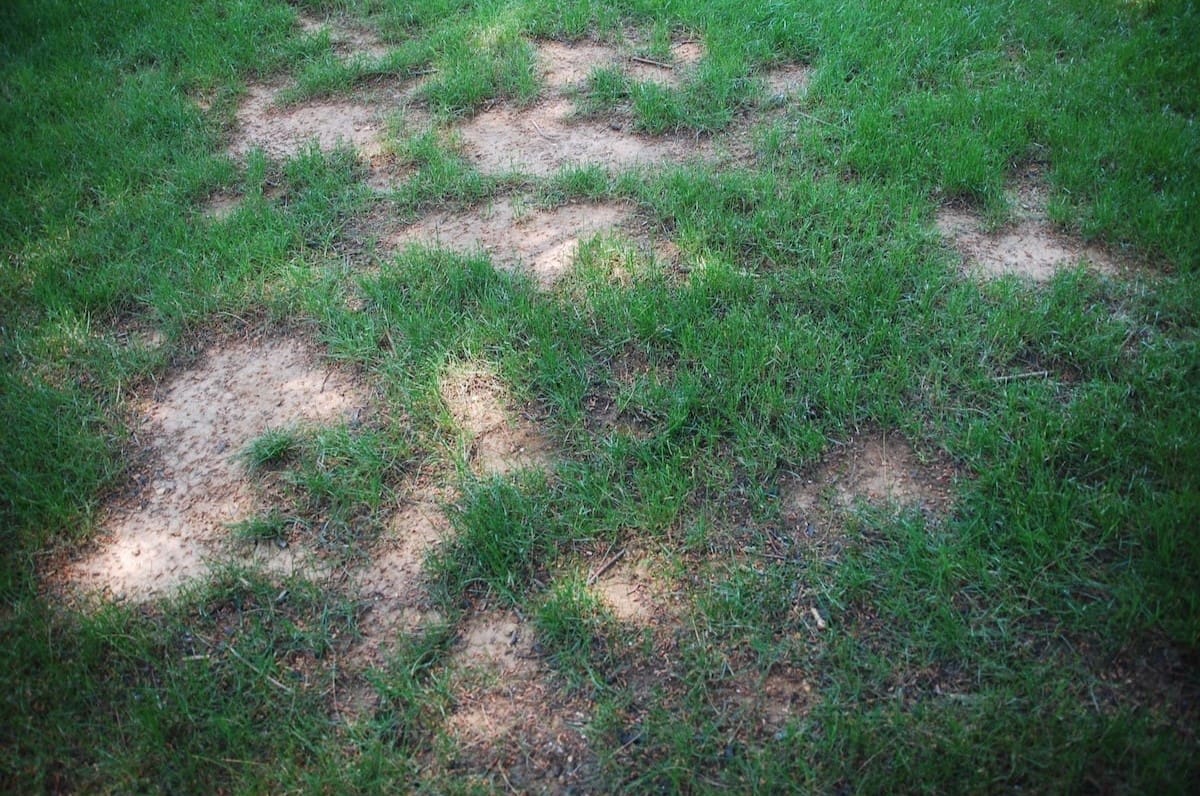
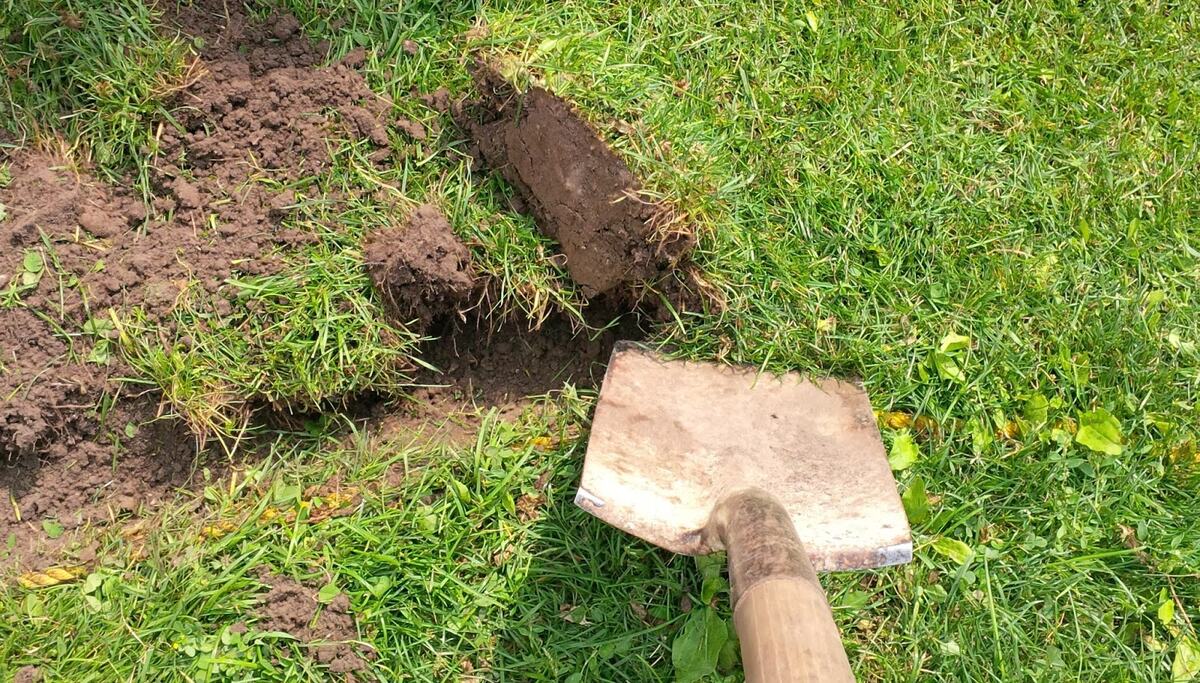
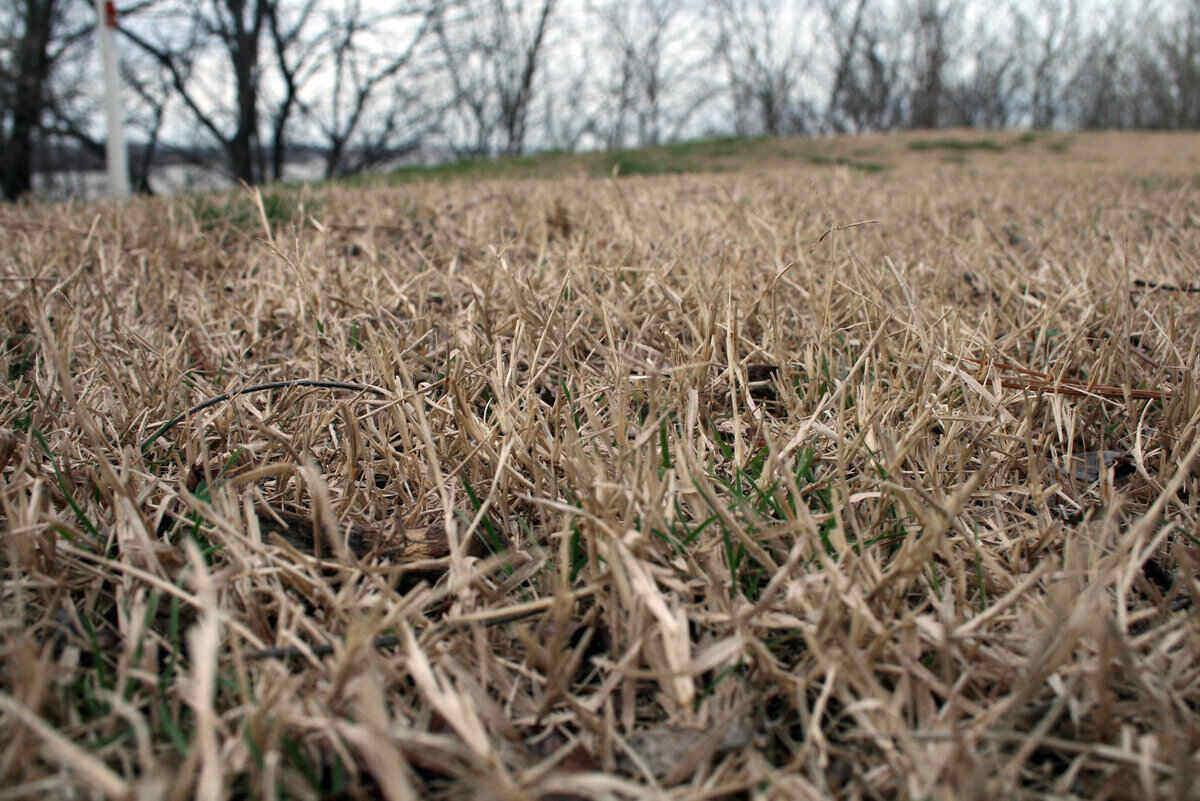
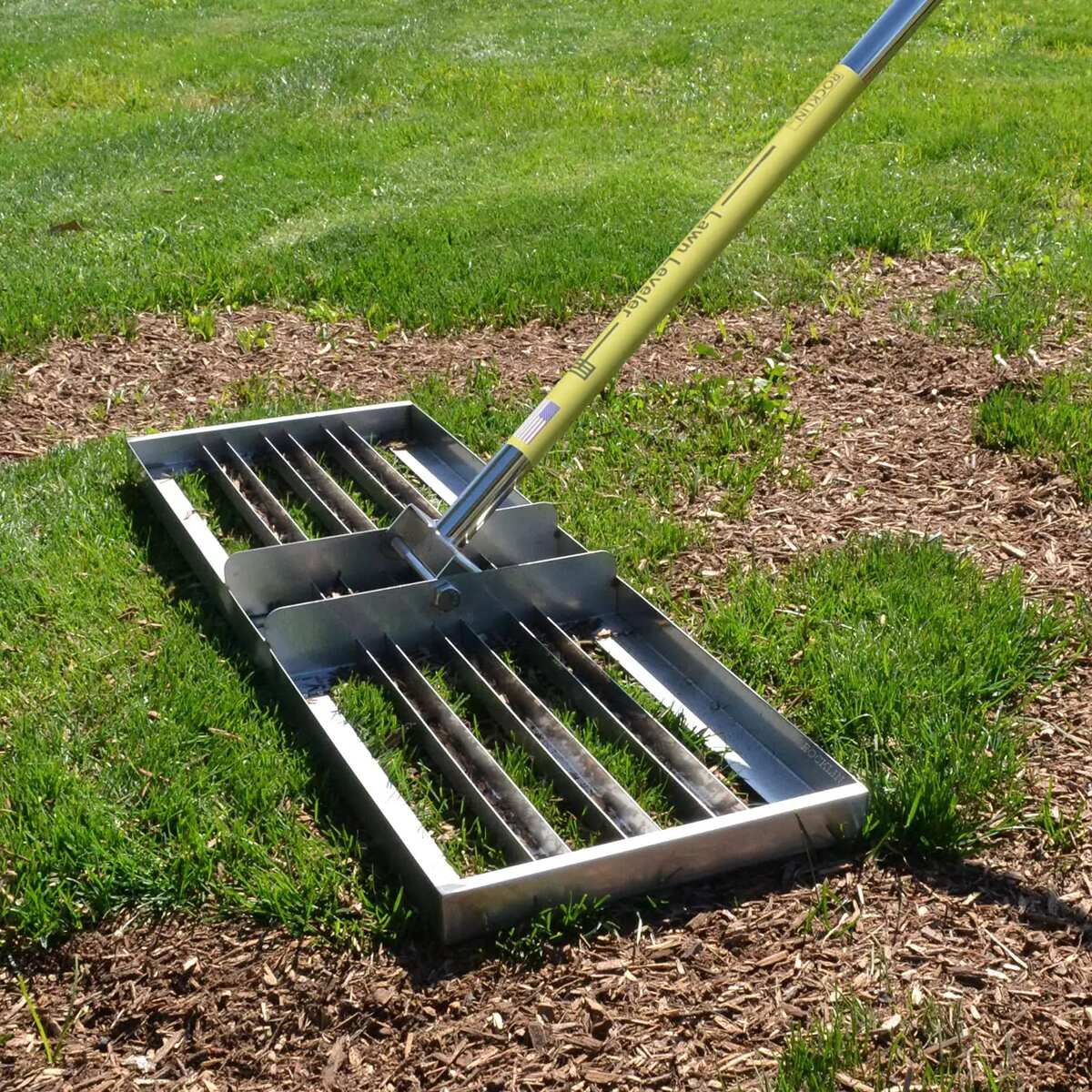

0 thoughts on “How To Fix Dead Grass In Yard”